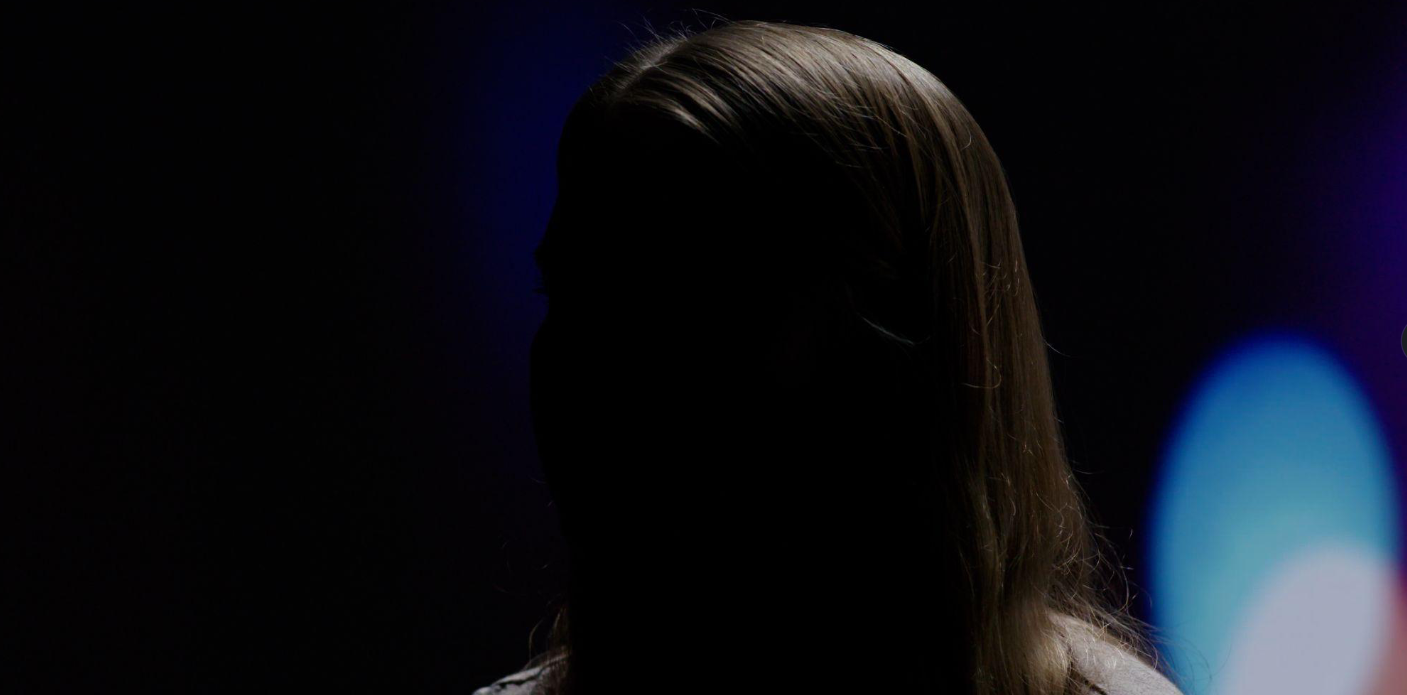4 Elements of Effective Video Storytelling
Video is the most powerful storytelling medium in 2024. For businesses in Providence, Rhode Island, and beyond, understanding the key elements of storytelling in videos can significantly enhance your brand's engagement and connection with its audience. At Slate Studio, we specialize in harnessing these elements to craft compelling brand storytelling videos, leveraging our full-service video production capabilities to bring your brand's narrative to life.
The Blueprint of Effective Video Storytelling
Storytelling is a staple in all effective engaging content that people sometimes forget to account for. It’s the main element that turns your ad from salesy to heart-felt and authentic. There are 4 main elements when it comes to storytelling.
#1 Structure and Plot
The foundation of any compelling video is its structure. A well-defined beginning, middle, and end keeps the audience engaged and helps deliver the message clearly.
Start with a strong hook that grabs attention, move into the body where the core message is conveyed through a series of events or points, and conclude with a compelling call to action or resolution.
The ‘Hero's Journey’ is a powerful structure for brand storytelling videos. It allows you to create a relatable narrative that resonates emotionally with viewers, all while seamlessly weaving in your brand message.
Tap into fundamental human experiences like love, loss, hope, and perseverance to create a sense of relatability. Don't have characters simply announce their emotions. Let their actions, expressions, and the environment convey their feelings authentically.
#2 Character Development
Characters are the heart of your story. In the context of brand storytelling, these 'characters' could be your customers, employees, or even the brand itself personified.
Developing relatable characters allows the audience to establish a personal connection with the narrative, seeing parts of their own lives reflected in the story. It’s about creating authenticity and believability, which are crucial for emotional engagement and brand loyalty.
Motivations and Goals: What drives your characters? What do they want to achieve?
Flaws and Imperfections: Nobody is perfect. Show your subject’s flaws and vulnerabilities that make them more human and interesting.
Growth and Transformation: Great stories show characters changing and evolving throughout the narrative. Challenges can force them to overcome their limitations and discover hidden strengths.
#3 Setting The Stage for Your Story
Setting is far more than just a location – It's the world your characters inhabit, a living, breathing entity that shapes their experiences, influences their choices, and ultimately shapes the mood, tone, and atmosphere of your story. A well-crafted setting can be so immersive that it transports your audience, pulling them into the heart of the action and making them feel like they're walking alongside your characters.
Engage your reader's senses and create a truly immersive experience.
Sight: Vivid descriptions are key. Is your story set in a bustling camp in Rhode Island? Or a quite historic place that needs the community’s help for renovations? Show these details that would greet your characters' eyes when they play your video.
Sound: What sounds fill the air? Is it the sound of laughter in a team meeting, the gentle lapping of waves against the shore, or the loud traffic of the city? Utilize sound to create a sense of place and atmosphere.
Smell: Can your audience smell the salty spray of the ocean, the sweet warm fragrance of freshly baked cookies delivered by local Girl Scouts, or the scent of spending the summer at the Y? Evoke specific smells to further enhance the sensory experience by incorporating B-rolls showing these elements.
Touch: Is the ground beneath your characters' feet creaky and old? Show textures to create a sense of physical interaction with the setting.
#4 The Theme of Your Story
Theme is the beating heart and soul of your story. It's the underlying message or idea that resonates with readers long after they've finished the last page (or watched the final scene). While plot, characters, and setting are the building blocks, the theme is what gives your story meaning and depth.
Showing Universal Truths:
Great stories often explore universal questions that have captivated humanity for generations. They delve into themes of love and loss, hope and despair, redemption and sacrifice.
Is your story about the enduring power of perseverance in the face of overwhelming odds? Does it explore the complexities of forgiveness? Perhaps it sheds light on the transformative power of human connection through a battle with a terminal illness. By tapping into these universal themes, you connect with your audience on a deeper level, allowing them to see themselves and their own experiences reflected in your narrative.
Show, Don't Tell
A powerful theme isn't something you announce outright. It's woven into the very fabric of your story, revealed through the actions and choices of your characters, the symbolism embedded in your setting, and the overall emotional arc of your narrative.
A skilled storyteller lets the theme emerge organically, allowing the audience to draw their own conclusions and interpretations. This subtlety creates a more powerful and engaging experience, one that stays with the audience long after the story ends.
Sparking Conversation and Critical Thinking
A strong theme can act as a catalyst for conversation and critical thinking. It invites the audience to ponder the deeper meaning of the story you’re presenting, to explore its implications, and to consider its relevance to their own lives.
Did your story challenge a societal norm? Did it offer a new perspective on a familiar issue? A well-developed theme can spark debate, encourage empathy, and leave a lasting impact on the way your audience views the world.
4 Storytelling Techniques and Strategies
Let’s get into some of the strategies you can use to effectively use storytelling in your videos.
#1 The Role of Conflict and Resolution
Conflict is a driving force in any story. In video storytelling for brands, conflict doesn’t necessarily mean dramatic confrontations; rather, it could be a challenge that the audience identifies with, such as a common problem that your product or service can solve. The resolution, therefore, becomes how your brand effectively addresses this challenge, providing viewers with a satisfying conclusion that reinforces your brand’s value.
#2 Visual and Audio Elements
Visual storytelling is the art of translating your narrative into a captivating on-screen experience. High-quality production, achieved through professional equipment or collaboration with a full-service video production company, guarantees crisp visuals and clear audio.
This foundation allows space for engaging cinematography to truly shine. Strategic use of camera angles, movement, and shot composition guides the viewer's eye and heightens the emotional impact of your story. But the magic doesn't stop there.
Seamless editing by a skilled professional weaves footage, music, and sound effects together to create a dynamic and cohesive narrative. Powerful sound design, including well-placed dialogue, evocative music, and impactful sound effects to further immerse the audience in your story and adds another layer of emotional depth.
This includes the use of high-quality video and audio gear, which Slate Studio proudly offers. Our acoustically treated environments ensure that every sound is captured with clarity, while our top-of-the-line film gear and digital backdrops create visually captivating scenes that enhance the narrative.
These elements are integral to storytelling in editing, as they help to maintain the flow and enhance the overall impact of the video.
#3 Using Music and Pace
Music and pacing are powerful tools in video storytelling. They can significantly alter the emotional response of the audience.
A well-chosen soundtrack can amplify the intended mood—whether it’s excitement, sadness, or tranquility—while the pace at which the story unfolds keeps the audience engaged.
Using storytelling in editing, the rhythm at which scenes transition and the intensity of the music are carefully tailored to match the narrative arc, enhancing the storytelling impact.
#4 The Takeaway
No video is complete without a call to action (CTA). For brand storytelling videos, the CTA should be a natural extension of the story, inviting the audience to engage further with the brand, whether through visiting a website, signing up for a newsletter, or trying a new product. This final element ensures that the story you’ve told not only resonates but also motivates audience action, driving business objectives forward.
Slate Studio for Your Video Storytelling Needs
Located in the heart of Providence, Rhode Island, Slate Studio is equipped with all the necessary tools to produce exceptional brand storytelling videos.
Our facility supports a variety of production needs—from intimate interviews to large-scale shoots—with amenities like remote workstations, an onsite hair and makeup station, and a full dining room.
Our commitment to quality and our ability to edit and repurpose content for up to six months post-production make us the ideal partner for businesses looking to elevate their brand through video storytelling. Video storytelling is an art form that requires understanding, skill, and the right tools.
At Slate Studio, we bring all these elements together, offering a full service video production experience that transforms your brand story into an engaging, effective video. Whether you’re new to video marketing or looking to refine your existing content, we are here to help you tell your story with precision and passion and make sure it resonates with and captivates your target audience. Book your Discovery Call now.



